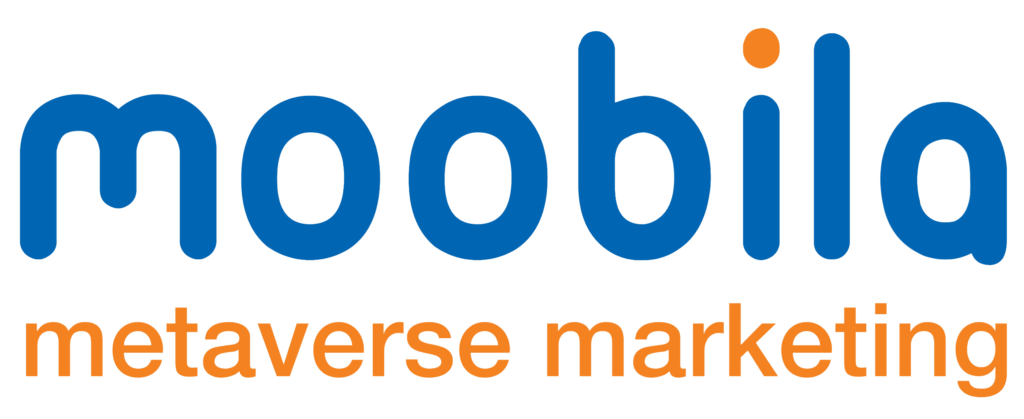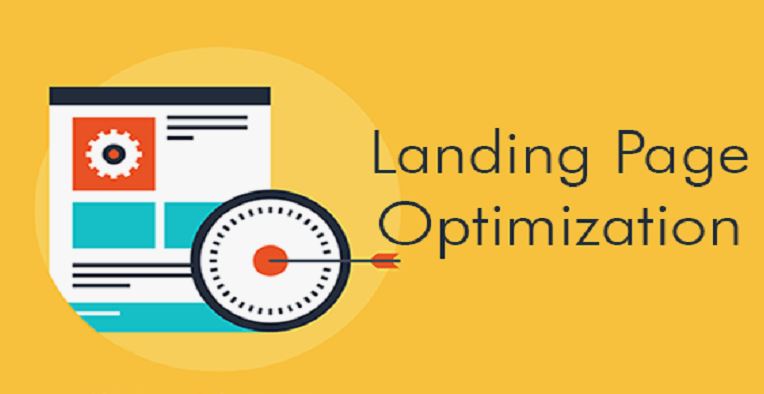In today’s digital landscape, landing pages serve as powerful tools for converting visitors into customers. But how can you ensure that your landing pages not only convert well but also rank high in search engine results? This comprehensive guide will walk you through the intricacies of landing page SEO, providing you with actionable strategies to boost your organic traffic and conversion rates.
In the ever-evolving world of digital marketing, landing pages play a crucial role in converting visitors into customers. This guide will provide you with a comprehensive understanding of landing page SEO, equipping you with the knowledge and tools to create high-performing, search-engine-friendly landing pages.
What is a Landing Page in SEO?
A landing page in SEO is a standalone web page designed with a specific purpose, typically to capture leads or drive conversions. Unlike regular web pages, landing pages are laser-focused on a single goal and are often the destination for paid ads or email marketing campaigns.
In the context of SEO, landing pages serve a dual purpose:
- They’re optimized to rank well in search engine results pages (SERPs) for specific keywords.
- They’re designed to convert visitors into leads or customers.
This unique combination makes landing pages a powerful tool in your digital marketing arsenal.
Importance of Landing Page SEO
Optimizing your landing pages for search engines offers numerous benefits:
- Increased organic traffic
- Better user experience
- Higher conversion rates
- Cost-effective marketing
- Improved brand visibility and credibility
- Competitor Analysis
Before creating or optimizing your landing pages, analyze what’s already working in your industry:
- Identify top-ranking landing pages for your target keywords
- Analyze content structure and length
- Examine use of visuals and multimedia
- Study call-to-action (CTA) placement and design
- Note social proof and trust signals
Use tools like SEMrush or Ahrefs to conduct a thorough competitive analysis.
Keyword Research for Landing Pages
Effective keyword research is the foundation of successful landing page SEO:
- Identify high-intent keywords
- Distinguish between primary and secondary keywords
- Consider long-tail keywords
- Use keyword research tools like Google Keyword Planner or Moz Keyword Explorer
On-Page Optimization for Landing Pages
Focus on these key elements for on-page optimization:
- Title tags
- Meta descriptions
- Headings (H1, H2, H3)
- Content optimization
- URL structure
- Internal linking
- Image alt text
- Content Strategy for SEO-Friendly Landing Pages
Develop a content strategy that aligns with both user intent and SEO best practices:
- Create compelling, benefit-driven headlines
- Use clear, concise, and persuasive copy
- Incorporate storytelling elements
- Use bullet points and short paragraphs for readability
- Include relevant statistics and data
- Optimize for featured snippets
Technical SEO for Landing Pages
Pay attention to these technical SEO factors:
- Page speed optimization
- Mobile-friendliness
- Structured data implementation
- HTTPS security
- XML sitemap inclusion
- Robots.txt optimization
- User Experience (UX) and Landing Page SEO
Improve user experience to boost both SEO and conversions:
- Implement intuitive navigation
- Optimize page layout and design
- Ensure fast loading times
- Use whitespace effectively
- Implement clear and prominent CTAs
- Ensure accessibility for all users
Link Building for Landing Pages
Build high-quality backlinks to boost authority and rankings:
- Create linkable assets
- Reach out to industry influencers
- Engage in guest posting
- Leverage social media for link opportunities
- Reclaim unlinked brand mentions
Measuring and Tracking Landing Page SEO
Monitor key metrics to gauge your landing page performance:
- Organic traffic
- Keyword rankings
- Conversion rate
- Bounce rate
- Average time on page
- Page load speed
Use tools like Google Analytics, Google Search Console, and SEO-specific platforms for comprehensive tracking.
A/B Testing for Landing Page Optimization
Continuously improve your landing pages through A/B testing:
- Test different headlines and copy
- Experiment with CTA placement and design
- Try various layout options
- Test different visual elements
- Optimize form length and fields
Mobile Optimization for Landing Pages
Ensure your landing pages perform well on mobile devices:
- Implement responsive design
- Optimize for mobile page speed
- Use mobile-friendly fonts and button sizes
- Implement AMP (Accelerated Mobile Pages) where appropriate
Voice Search Optimization for Landing Pages
Prepare your landing pages for the rise of voice search:
- Focus on natural language and conversational keywords
- Optimize for question-based queries
- Implement structured data for voice search
- Create FAQ sections to address common voice queries
International SEO for Landing Pages
If targeting a global audience, consider these international SEO tactics:
- Implement hreflang tags for language targeting
- Use country-specific domains or subdirectories
- Localize content for different markets
- Consider cultural nuances in design and copy
Common Landing Page SEO Mistakes to Avoid
Steer clear of these common pitfalls:
- Keyword stuffing
- Duplicating content across multiple landing pages
- Neglecting mobile optimization
- Slow page load times
- Poor internal linking structure
- Ignoring local SEO for location-specific landing pages
Future Trends in Landing Page SEO
Stay ahead of the curve by preparing for these emerging trends:
- AI and machine learning in SEO
- Visual search optimization
- Increased focus on user intent and experience
- Core Web Vitals as a ranking factor
- Video content integration
Conclusion
Optimizing landing pages for SEO is a multifaceted process that requires attention to both on-page and off-page factors. By implementing the strategies outlined in this guide, you can create landing pages that not only rank well in search results but also drive meaningful conversions.
Remember, landing page SEO is an ongoing process. Stay informed about the latest SEO trends and algorithm updates, and be prepared to adapt your strategy as needed. With persistence and a data-driven approach, you’ll be well on your way to mastering the art of landing page SEO and reaping the rewards of increased organic traffic and conversions.
FAQs
Q1: How long does it take for SEO changes to impact landing page rankings?
A: It can take anywhere from a few weeks to several months to see significant changes in rankings. Factors like site authority, competition, and the extent of optimizations play a role in determining the timeline.
Q2: Should I create separate landing pages for each keyword?
A: It’s generally better to create landing pages around topics or closely related keyword clusters rather than individual keywords. This allows for more comprehensive content and reduces the risk of duplicate content issues.
Q3: How often should I update my landing pages for SEO?
A: Regular updates are beneficial for SEO. Aim to review and refresh your landing pages at least quarterly, or more frequently if there are significant changes in your industry or product offerings.
Q4: Can I use the same content on multiple landing pages?
A: It’s best to avoid duplicating content across landing pages. Each page should have unique, valuable content tailored to its specific purpose and target audience.
Q5: How do I balance SEO and conversion rate optimization (CRO) on landing pages?
A: Focus on creating high-quality, relevant content that serves both SEO and user needs. Use A/B testing to find the right balance between SEO elements and conversion-focused design.
Q6: Are backlinks still important for landing page SEO?
A: Yes, high-quality, relevant backlinks remain a crucial factor in determining a page’s authority and rankings. However, focus on earning natural, editorial links rather than engaging in manipulative link-building practices.
Q7: How can I optimize my landing pages for local SEO?
A: Include location-specific keywords, ensure your NAP (Name, Address, Phone) information is consistent across the web, and leverage schema markup for local businesses.
Q8: What’s the ideal length for an SEO-friendly landing page?
A: There’s no one-size-fits-all answer, but aim for at least 500 words of high-quality, relevant content. Longer content (1000-2000 words) can perform well if it provides comprehensive value to the user.
Q9: How important is page speed for landing page SEO?
A: Page speed is crucial for both SEO and user experience. Aim for a load time of under 3 seconds to minimize bounce rates and improve rankings.
Q10: Can I use pop-ups on my landing pages without hurting SEO?
A: While pop-ups can be effective for conversions, they should be used judiciously. Ensure they don’t interfere with the main content, especially on mobile devices, to avoid potential SEO penalties.
By implementing the strategies outlined in this comprehensive guide and staying informed about the latest trends and best practices, you’ll be well-equipped to create high-performing, SEO-friendly landing pages that drive both organic traffic and conversions.



